Please click on the heading below to see more information on each topic:
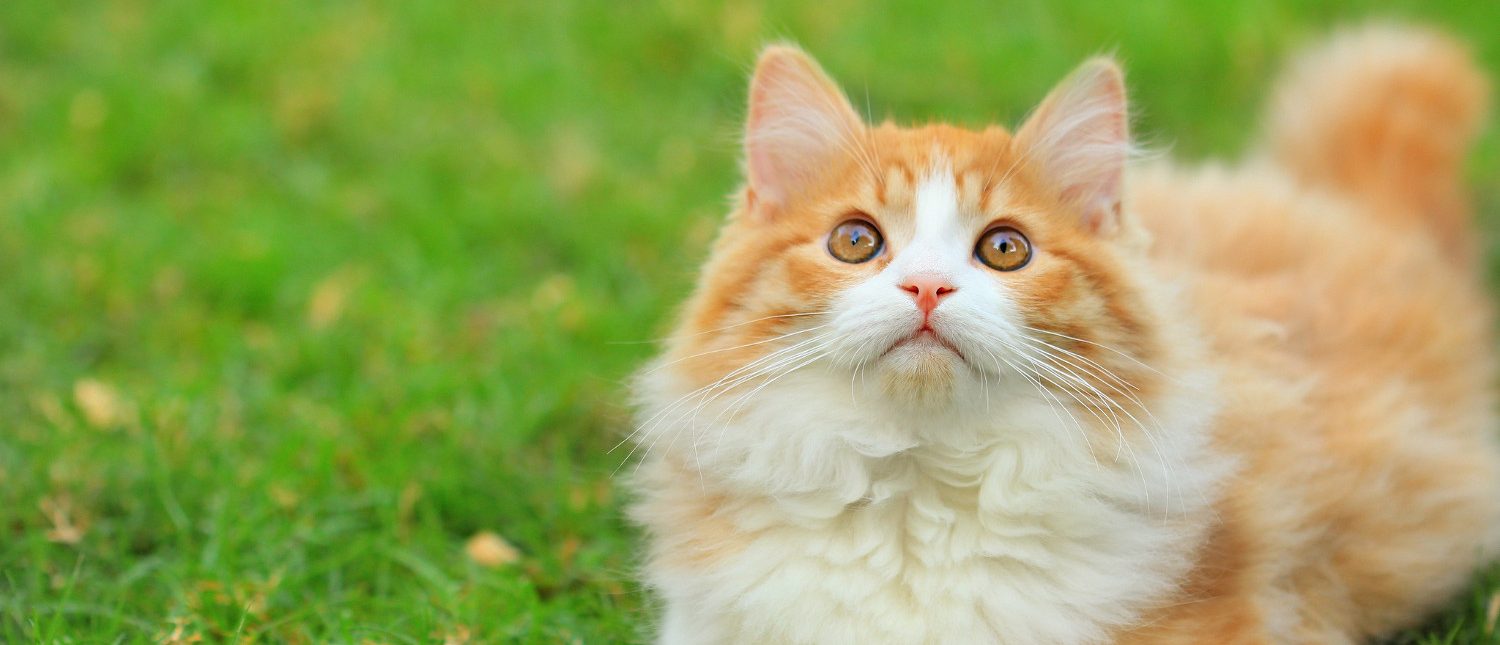
Asthma in cats is also called allergic airway disease or allergic bronchial disease.
The two main changes that occur are:
The main signs cats show can be coughing or wheezing, loud breathing and in severe cases, difficulty breathing. These signs can be caused by other conditions such as heart disease, chest infections and even cancers so it’s important for a proper diagnosis to make sure of the cause.
Testing for asthma in people usually focuses on blowing into a ‘peak flow meter’ which checks mostly the degree of narrowing of the airways. Of course, this isn’t practical for cats so we reach a diagnosis by confirming there is airway inflammation (with radiographs) and finding out what that inflammation is due to with a bronchial wash.
Asthma is a condition that we manage, as opposed to fully treat, so cats usually need lifelong medicating to some degree. The treatments are to:
Treatments can be given orally (and we will usually start with this as it works more quickly) but long term, it is better to aim the treatments at the airways specifically with inhaled medications. We use puffers just like those used in people! Cats can’t be taught to take a deep breath from the puffer as people can, so we use a ‘breathing chamber’ the same as those used for asthmatic children (who also can’t take deep breaths). Many cats can have a secondary infection to their asthma and will usually need an initial course of antibiotics, also.
Just like people, signs can be worsened by exposure to pollens or fumes such as cigarette smoke, incense or powdered carpet cleaners.
With regular treatment, many cats can lead normal lives but some occasionally have flare-ups at certain times of the year.
IMPORTANT: If your cat is showing any signs of breathing difficulty, seek IMMEDIATE veterinary attention.
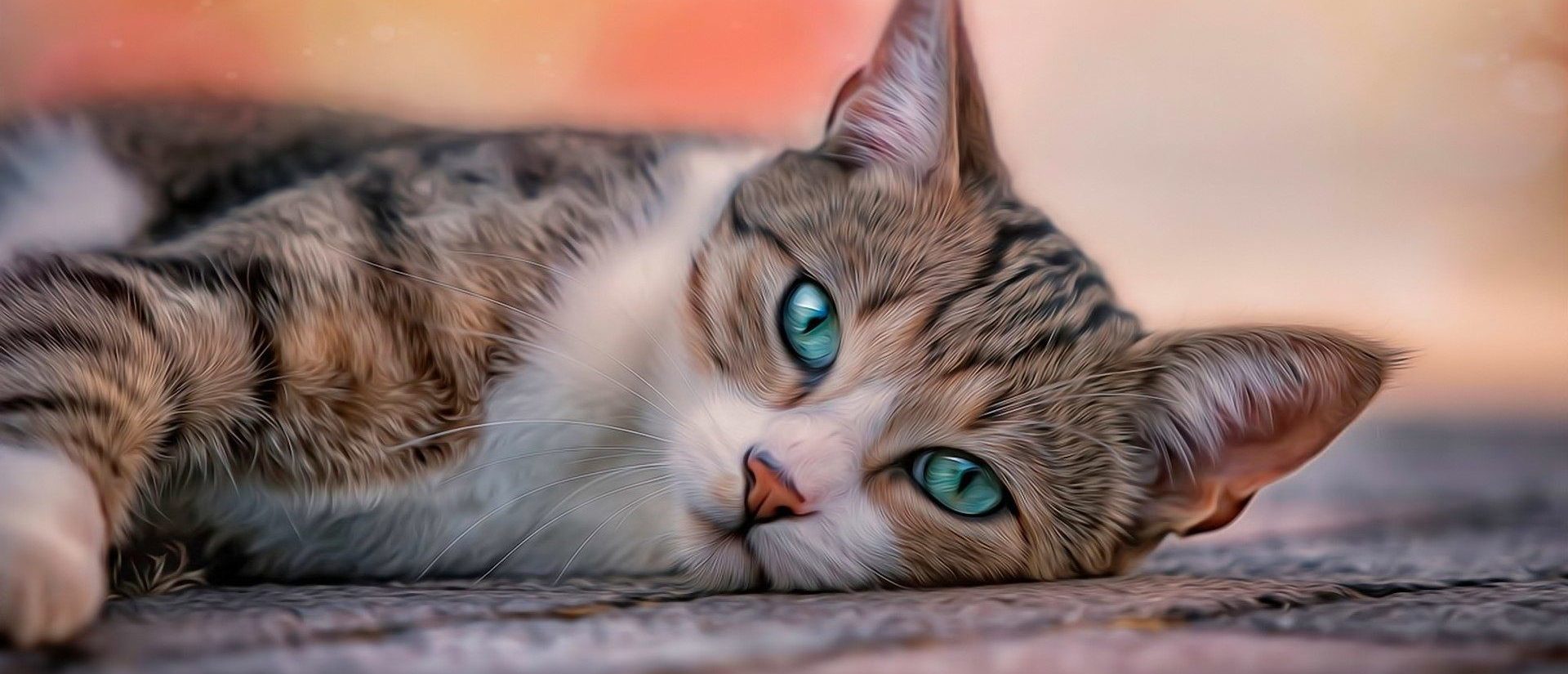
Kidneys are made of thousands of little pumps called nephrons and cats only have about two-thirds the number of nephrons than other animals, for example, dogs. Perhaps this is why kidney disease is so common in older cats.
Kidneys have various roles but one of their most important roles is to conserve water, ie hold water in the body. When kidneys aren’t working so well, excess water is lost so the cat will urinate more. To replace this water, the cat will then drink more. Initially, these changes are very subtle and even keen observers can’t see the change in their cat’s drinking or urinating. The clinical result of this is dehydration that can be picked up with blood tests and dilute urine (which can be assessed with a urine test)…..even before the cat’s owner has noticed any change!
Kidney disease can have specific causes such infections, cancers or genetic problems but in many cases in cats, no specific cause can be found even with thorough investigations and tests.
Fortunately, kidney disease progresses very slowly in most cases. Specific diets for cats with kidney disease help slow the progression (see renal nutrition sheet). We can slow down the process even further if we can pick up side effects before these side effects cause more damage to the kidney. Some of these side effects are:
Testing these parameters is ideally done every three months (and less often if the disease is in very early stages). By testing regularly, we aim to not only keep your cat living longer but to keep your cat happier for longer!
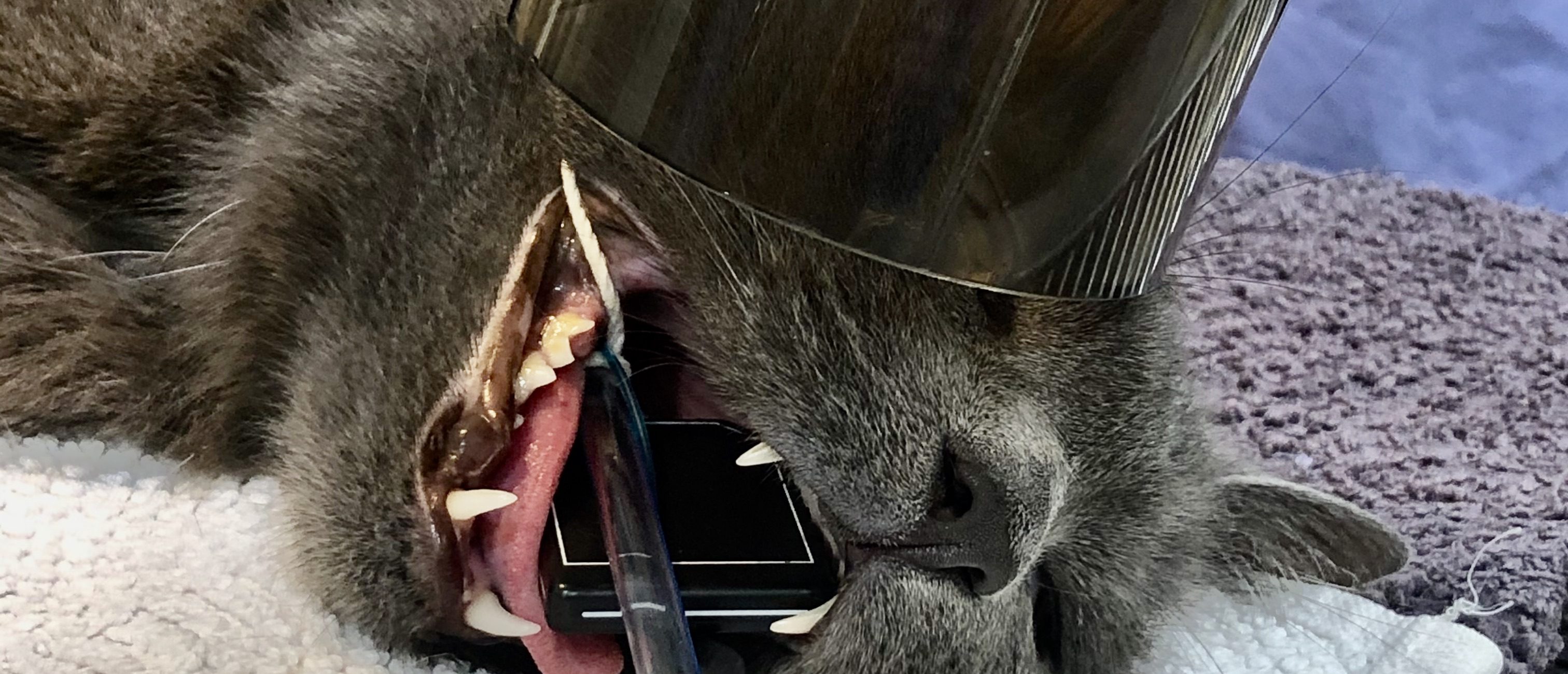
As with humans and other animals, most cats will develop dental disease; even young cats can have problems with their gums and teeth. Most problems will go undetected- it is unusual for a cat to tolerate leaving their mouth open long enough for their owner to have a really good look! This job is best left to the vet at your cat’s annual health check.
Dental disease can vary from mild dental plaque with no gingivitis, to moderate calculus (this is a plaque build-up which has calcified and hardened), to severe periodontal disease (affecting the bone around the tooth) and gum disease (gingivitis). Unlike other animals, cats can also get a potentially serious tooth condition in which holes can form at the gumline, leading to pain and tooth erosion. The correct name for these is ‘feline odontoclastic resorptive lesions’, but they are more commonly known as ‘neck’ or ‘ring’ lesions. These holes may be visible, but are sometimes located underneath the gum and may only be detectable during a dental procedure.
Another important factor to keep in mind is that when dental disease is present, this can lead to bacteria from the mouth entering the blood stream and causing infection and disease in other areas of the body, for example the kidneys, the heart or the joints.
There are a number of factors involved in the formation and progression of dental disease, including diet. It is important to provide food to help brush your cat’s teeth- either a specially designed ‘dental’ dry food, and/or raw chicken wings/necks (under supervision), or chunks of raw meat (but not ‘pet meats’!) to chew on a few times a week.
There are some infections that have been implicated in dental disease, including Feline Calicivirus (one of the ‘flu’ viruses) and FIV, and the vet’s assessment will take these into account.
Other steps you can take to care for your cat’s teeth include brushing them with a specially designed finger brush or toothbrush with pet toothpaste (not human toothpaste), or the application of a veterinary mouth gel.
Most cats will need to have dental work on their teeth at least once in their lifetime. This is performed during a general anaesthetic and includes taking dental radiographs to fully assess the health of each tooth, scaling the teeth to remove any build up, probing the teeth to check for any pockets along the gumline or holes in the enamel, and polishing the teeth to smooth the surface and delay future plaque build up. Sometimes teeth have severe infection or ‘ring lesions’ and can’t be saved so need to be removed, and this is done at the same time. Cats are routinely given a course of antibiotics after a dental to treat the bacterial infection that accompanies dental disease. Some cats will need to have dental work on a regular basis.

FIP stands for Feline Infectious Peritonitis in which there is inflammation of the lining inside the belly (peritoneum) due to viral infection in cats. This condition can actually affect just about anywhere in the body but the main locations it occurs in are inside the chest, inside the belly or the brain. Because it is now known that it can affect multiple locations, we tend to use the abbreviation to describe it rather than its full name.
Simply stated, FIP is an almost always fatal disease that mostly affects young cats. It is a complicated disease and the processes encompass infection, genetics and immune responses.
The underlying cause is a virus called Coronavirus. Most cats (as many as 90% in catteries) are infected with the enteric (intestinal, or gut) form of coronavirus. Because it only infects the intestines, this form of the virus only causes diarrhoea but is rarely severe or long lasting. After infection, the virus can continue to live in the lining of the intestines for years and cause no overt damage, but stress (eg bringing another cat to the household, moving house or being ill with something else) can lead to multiplication of the virus. In a few cats who have a genetic susceptibility, when the virus multiplies (replicates), it will mutate into the FIP form of coronavirus (this is different from the normal, enteric form of the virus). The main distinguishing feature is that this form of the virus can continue to replicate inside a particular sort of white blood cell called a macrophage and the macrophage can then carry the virus around the body, not just stay inside the intestines.
The disease formed depends on the degree of immune response and the organs where inflammation occurs. The typical signs are a persistently elevated body temperature with a reduced appetite and lethargy, as well as fluid accumulation within the belly but FIP is not a typical disease so the possible clinical signs are many and varied. Examples include (but are not limited to): fits (seizures), cloudy eyes (or other eye changes), fluid accumulation in the chest, jaundice and sometimes just non-specific signs like poor growth, lethargy or being off food. Individual cats vary in the signs they show. Some cats can show mild signs for months before more severe changes occur.
When we suspect FIP, our investigations are actually trying identify another, hopefully more treatable, disease. We usually start with blood and urine testing and typical changes include, anaemia, elevated globulins (inflammatory proteins) and elevated bilirubin (associated with jaundice) but these don’t always occur and are not specific for FIP. There are blood tests that can show exposure to coronavirus (serology) but they are not specific for FIP and most cats with coronavirus never get FIP; this test can actually be negative in later stages of FIP. Because of the difficulty in interpreting results, we don’t normally run serology tests for this disease. The only conclusive tests are those that show large numbers of coronavirus in places they shouldn’t be. This is done by ‘tagging’ the coronavirus in a fluid or biopsy sample. The technique used to assess a suspicious fluid sample is called ImmunoFluorescence Antibody (IFA) testing. A positive results definitely confirms FIP but sometimes cats with FIP can be negative (ie a false negative). The technique used to assess a biopsy sample this way is called immunohistochemistry and is this is a conclusive test.
There is an exciting new medication now available for the treatment of FIP in Australia- until late 2020 this disease was considered almost invariably fatal, so this is wonderful news.
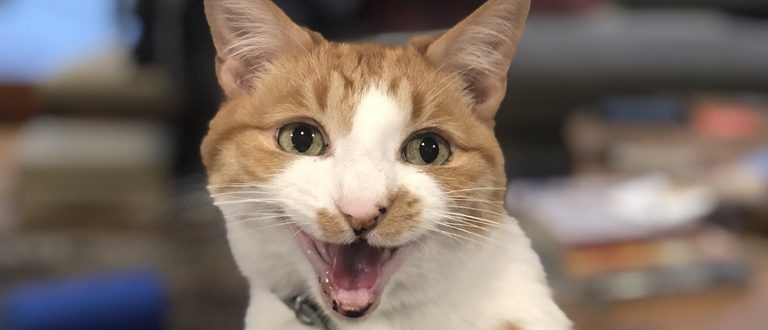
Hyperthyroidism is one of the most common diseases diagnosed in older cats. It is caused by a growth of the thyroid gland, which is completely benign in the vast majority of cases, but causes the thyroid gland to produce more thyroid hormone than usual. Thyroid hormone has effects all over the body, and causes a general increase in metabolism. The clinical signs of hyperthyroidism are therefore many and varied, and can include effects on the heart, gut and urinary tract.
The most common signs an owner will see in an affected cat are weight loss, increased appetite, drinking and urinating more, diarrhoea and vomiting. Not all cats will necessarily show any of these signs, however, and a definitive diagnosis is important. Diagnosis is usually with a simple blood test, but occasionally more thorough testing may be required.
Hyperthyroidism is the most treatable disease of older cats, and most cats have an excellent response to therapy. The three main treatment options are medication, surgery and radioactive Iodine therapy.
There are many factors involved in choosing the right treatment option in each case, and close consultation with your vet is vital for the best decision for you and your cat.
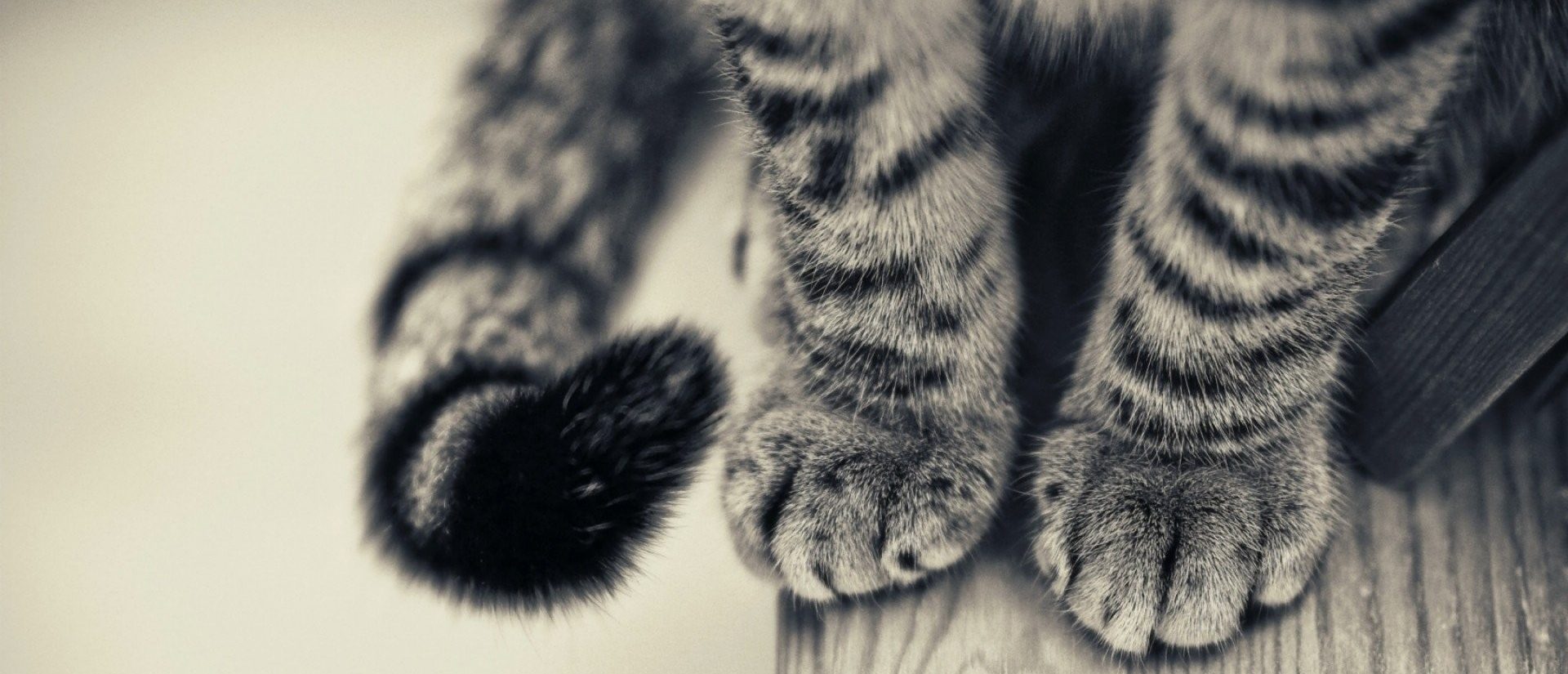
Feline Lower Urinary Tract Diseases (FLUTDs) are a series of conditions that cause discomfort of the bladder in cats. There are two main categories, obstructive disease (where the cat is blocked and unable to urinate) and non-obstructive disease. Obstructive lower urinary tract disease is life threatening and requires immediate veterinary attention. It is exceptionally rare for female cats to obstruct). Non-obstructive disease (cystitis or inflamed bladder) is painful and every drop of urine that makes it way into the bladder (from the kidneys) creates an urgency to urinate even if there is not enough urine in the bladder for this. Consequently, cats will make multiple trips to the litter-tray and either don’t produce urine or only very small drops at a time of often bloody urine.
What causes bladder inflammation?
In many cases (about 75%), no definite cause is found and the underlying reason is one of the great mysteries of veterinary medicine that many researchers worldwide are trying to unravel. Stress appears to play an important role in the disease. It is important to look for a cause in cats with repeat episodes since in 25% of cases, we will be able to find a specific problem and therefore treat it specifically.
How do we treat non-obstructive disease?
Non-obstructive cystitis is often seen as ‘one-off’ episodes. It’s important to treat any underlying problems that are present. We will usually treat the pain with an anti-inflammatory and recommend a tinned diet to help dilute the urine.
How do cats obstruct?
Cats obstruct when there is a combination of inflammation and crystals. The crystals catch within inflammatory protein and block the urethra (tube from the bladder to the outside). This has been compared to fruit set in jelly (that you might see at child’s birthday party). The fruit alone (crystals) can pass through the urethra, as can jelly (inflammatory proteins) but set together, they form a matrix that gets blocked. This is mainly a problem for male cats since their urethra is narrower.
How do we manage obstructed cats?
Obstructed cats need to be admitted to hospital for this life-threatening condition. We give pain relief and then take blood samples mainly to assess if there has been any effect on the kidneys. The cat is anaesthetised to relieve the obstruction and intravenous fluids are given. Depending on the severity of the blockage, some cats may require a catheter into the urethra to ensure the urethra remains clear. Once the cat is urinating freely, the cat can go home but will usually continue on medications to help keep the urethra relaxed (and antibiotics if there is infection present). Cats who have obstructed need to change diet to help reduce production of crystals. These diets alter the pH of the urine depending on which sort of crystal is found but more importantly are tinned to ensure the urine remains dilute.
How do we investigate for underlying causes?
Investigations start with a urine sample and if an underlying cause is not found, we need to send the urine to be cultured for bacteria or look further with radiographs (initially without but later with a dye into the bladder) or ultrasound and sometimes even progress to biopsying the bladder wall. As noted above, many cats have unknown causes so often these investigations don’t find a definite answer but even this is an important result as we will have ruled out specific causes such as infections or cancers.
Can I do anything at home to prevent recurrences?
Diet plays an important role and tinned food will help keep urine dilute to help prevent recurrences. Reducing stresses also helps such as ensuring the litter tray is kept clean and have toys that to play with your cat and places for your cat to perch. Other ideas to reduce stresses can be found at http://www.indoorcat.org/
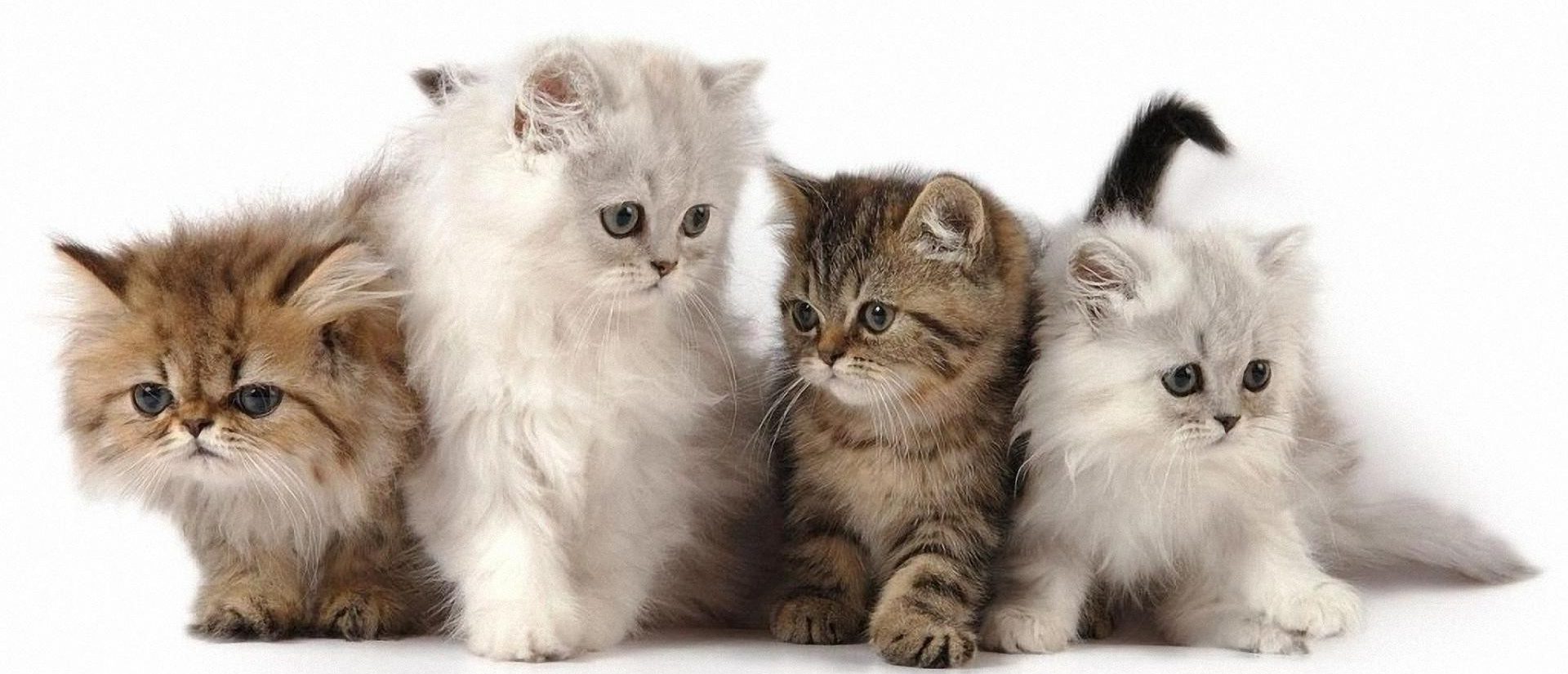
Ringworm refers to infections of the skin, hairs or nails by fungal organisms (so have nothing directly to do with worms). The technical term for a ringworm infection is dermatophytosis.
The fungal organisms that cause ringworm normally reside in soil and can infect many animals including people. Cats can become infected from soil, infected living quarters or other animals (including people). Likewise, people can become infected from soil or cats. It’s not always the cat’s fault when people get ringworm!
All infections are associated with how the immune system responds when the germ is present and ringworm is no different. Therefore, it is usually young cats or older (immune suppressed) cats who become infected but it’s also more common in long-haired cats. Although intact skin is quite resistant to infection, any abrasion or damage to the skin will allow infection to develop more readily. In the same way, it is usually children who are infected in a family situation but stress can play a role to decrease the immune response.
The typical signs are circular areas of hair loss and each area will grow outwards if not treated. These areas are not usually itchy in cats (compared to people who are usually itchy with ringworm). Infections can occasionally become more widespread and serious. The diagnosis is confirmed by a typical glow of infected hair under fluorescent light (but not all types of ringworm does this) and a fungal culture.
Treatment is daily medication, usually for a number of weeks, and sometimes twice weekly washes with a medicated shampoo. It is important to remember that the environment (bedding etc) can remain infectious and may need specific attention.
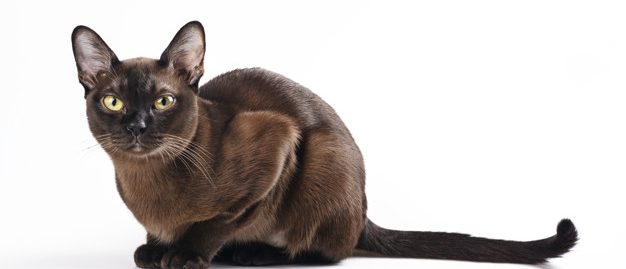
This condition most commonly occurs secondary to a prior Upper Respiratory Tract Infection. The most common causes of infection in these cases are the Cat ‘Flu’ viruses (Herpes or Calicivirus) or Chlamydia. This infection causes damage to the tissue (mucosa) and cartilage inside the nose.
Unfortunately, this damage inside the nose is often permanent and means your cat has a chance of always having some degree of ‘snuffliness’.
What do we do now?
Often we do a treatment trial with certain medications to begin with, as definitive diagnosis is usually difficult.
When a cat presents with a history of snuffles, or doesn’t respond to treatment as we expect, we may take swabs to see if we can establish the initial cause or what’s causing the problem now. If the initial cause was a viral infection some years prior, we may not be able to find a specific answer. It’s important to try to find out if there is a current problem like a fungal infection or even a cancer.
Are there any other tests?
Other tests require a general anaesthetic to perform, and include endoscopy, radiographs and a nasal flush.
Endoscopy is where a scope is passed to the back of the nasal cavities and can help identify any narrowing or masses (polyps, granulomas or tumours) that may be present.
Radiographs of your cat’s nasal cavity most often tells us the degree of damage that has already been sustained and how congested ‘Puss’ is but can also give us some indication if there is another disease process (such as fungal infection).
A nasal flush can be performed at the same time to help collect cells and/or tissue to identify specifically what the problem is.
Can we treat Chronic Snufflers?
Yes, but in most cases treatment is unlikely to give a long-term cure. In most cases the clinical signs can merely be controlled, since the chronically damaged bones cannot be repaired.
Antibiotics can be given to reduce secondary bacterial infection. It is usually necessary to give them for long periods or as repeated courses in order to control the clinical signs. Other treatments that can be considered include drugs to reduce the thickness of the nasal secretions (mucolytics or decongestants).
Usually, we can manage quite reasonable control (ie occasional sneezes) however your cat is always at risk of recurrences.